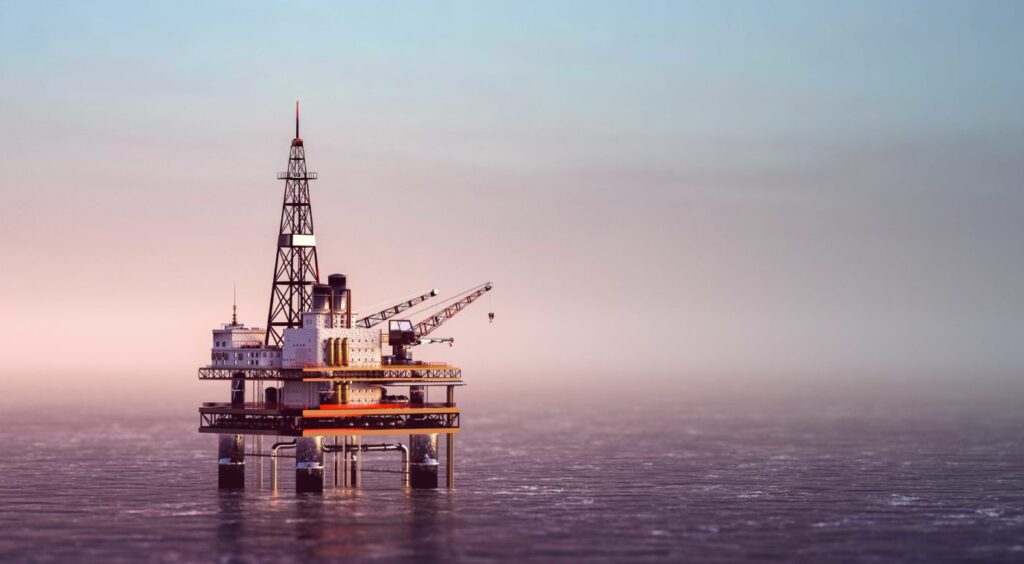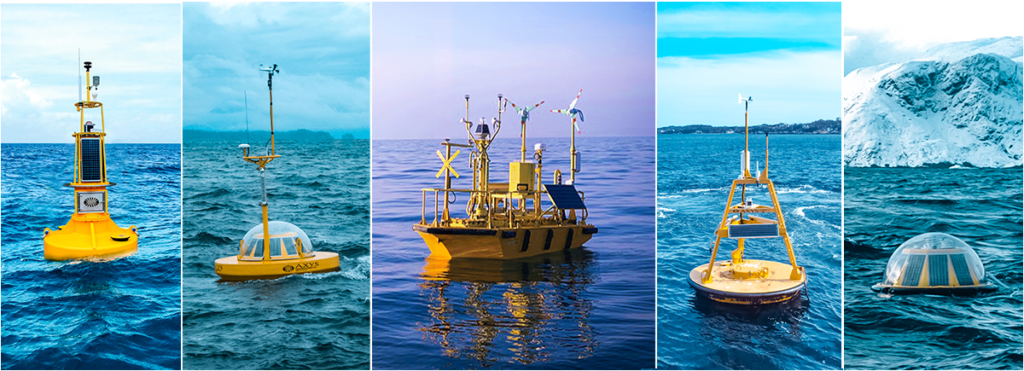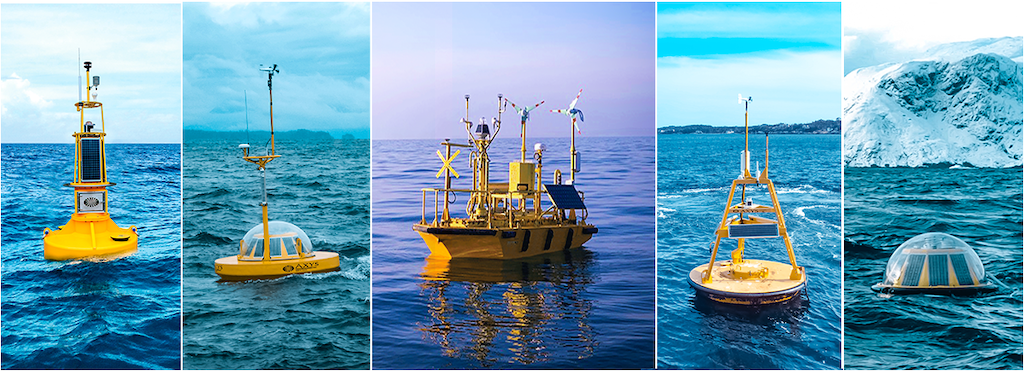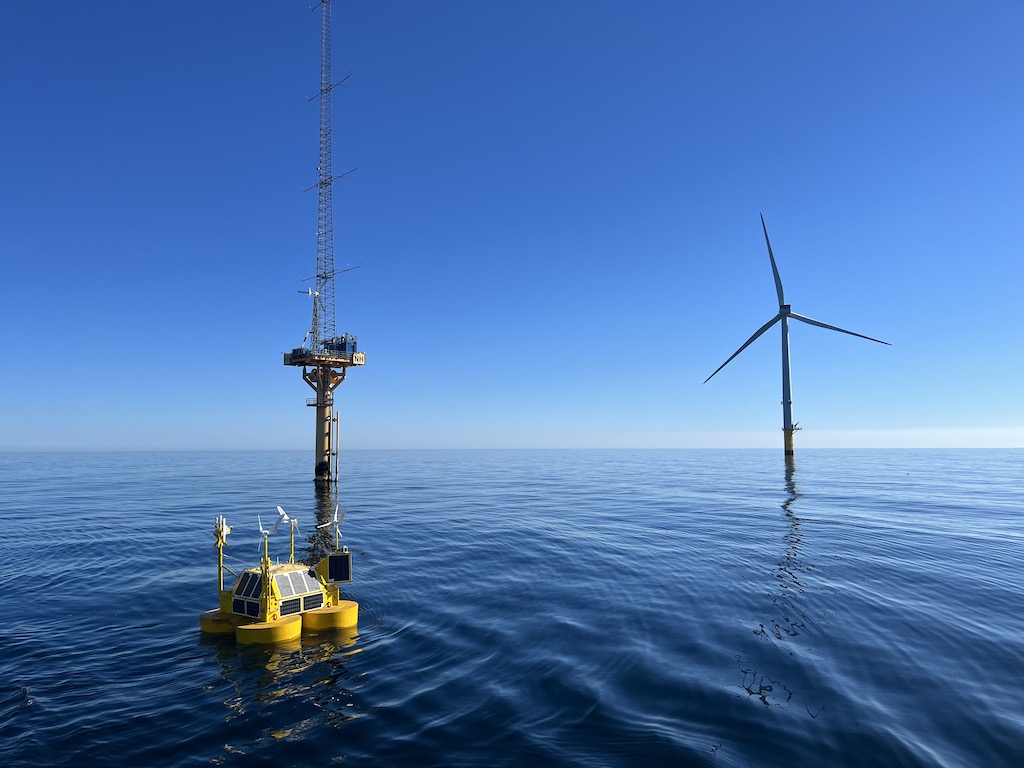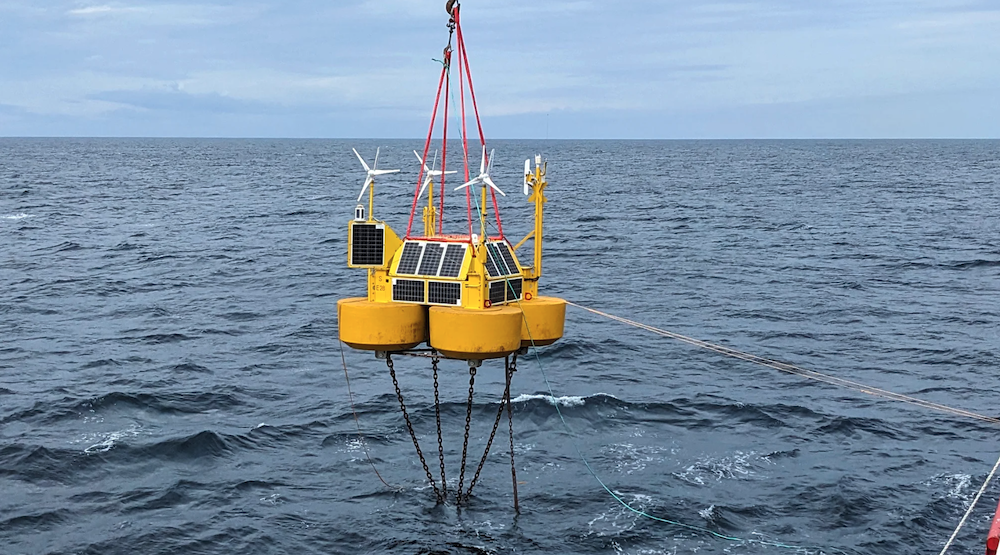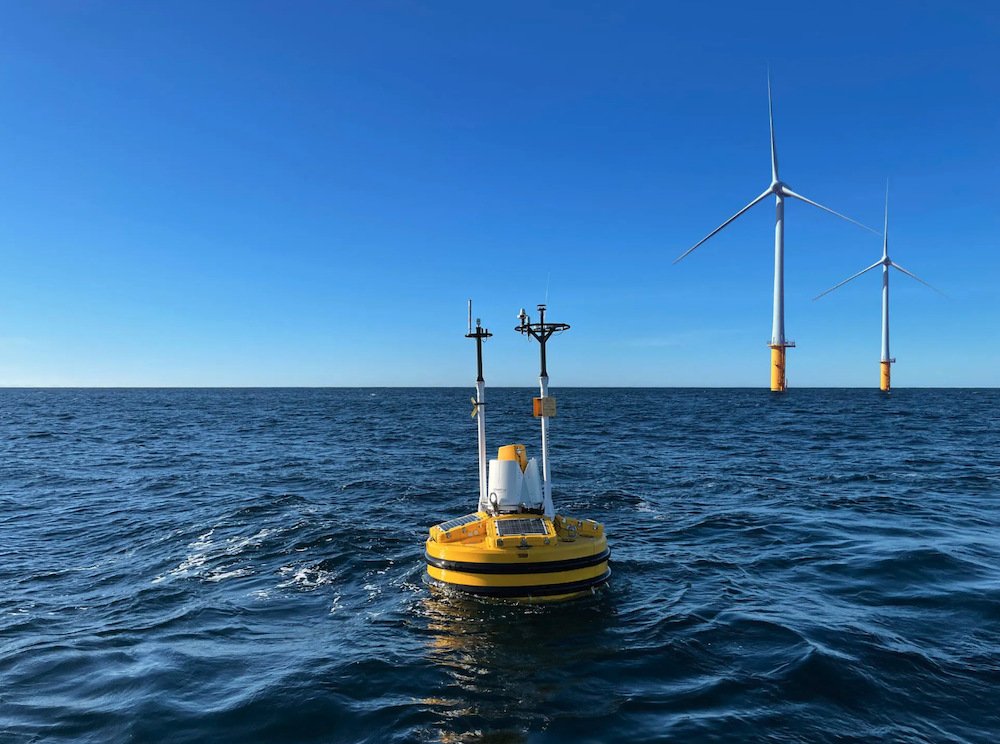Suppliers
Add your company
Telemetry Tracking Beacons & Equipment for Marine & Offshore Applications
If you design, build or supply Metocean Buoys, create a profile to showcase your capabilities on this page
Products
Metocean Buoys for Marine Environmental Monitoring
What Are Metocean Buoys?
Metocean buoys are floating platforms equipped with sophisticated sensors to monitor meteorological (weather-related) and oceanographic (sea-related) conditions. The term “metocean” reflects the integration of these two critical domains, enabling the collection of comprehensive environmental data. These buoys measure parameters such as wind speed and direction, wave height, ocean currents, air temperature, and solar radiation.
Unlike weather station buoys, which focus predominantly on atmospheric conditions, metocean buoys offer a more holistic view by encompassing oceanographic variables. This makes them essential tools for offshore industries and scientific research requiring detailed environmental insights.
Applications of Metocean Buoys
Metocean buoys play a vital role in various sectors, including:
- Environmental Monitoring: They provide real-time data on barometric pressure, water levels, and relative humidity, helping track changes in marine ecosystems.
- Offshore and Coastal Engineering: Engineers use metocean data to design and maintain offshore platforms, coastal defenses, and other infrastructure by understanding wave periods, current speeds, and water quality.
- Maritime Safety: Reliable data on ocean waves and weather conditions supports safe navigation and operations at sea.
- Climate Studies: Metocean buoys contribute to global climate research by supplying long-term data for wave models, ocean wave maps, and climate pattern analysis.
- Marine Domain Awareness: Governments and organizations use metocean buoys to monitor maritime zones for security, resource assessment, and environmental compliance.
Key Features of Metocean Buoys
Metocean buoys are designed to endure extreme marine conditions while providing continuous data. Key features include:
- Durability: Built with materials that resist corrosion and damage from marine environments.
- Advanced Sensors: Measure a wide range of parameters, including wave direction, air temperature, and current speed and direction.
- Precise Positioning: GNSS (satellite navigation) technology enables real-time location tracking.
- Telematics: Advanced communication technologies for real-time data transmission.
- Customizability: Tailored to meet specific project needs, from deep-sea resource assessment to coastal marine weather forecasting.
Weather Station Buoys vs. Metocean Buoys
While both weather station buoys and metocean buoys monitor environmental conditions, their focus and scope differ significantly. Weather station buoys primarily measure atmospheric parameters such as air temperature, wind speed, and barometric pressure, making them ideal for weather forecasting and storm monitoring.
Metocean buoys, on the other hand, integrate these meteorological measurements with oceanographic data, such as wave height forecasts, ocean currents, and water temperature. This expanded scope allows for deeper insights into the interplay between weather and ocean conditions, supporting industries such as offshore wind energy development and marine environmental monitoring.
Metocean Data and Its Importance
The data collected by metocean buoys is invaluable for both operational and research purposes. High-quality metocean data enables:
- Accurate Weather Forecasting: Predicting marine weather conditions with precision to optimize maritime operations.
- Resource Management: Supporting sustainable use of ocean resources through detailed environmental assessments.
- Risk Mitigation: Enhancing safety protocols for offshore drilling, shipping, and coastal construction by identifying potential hazards.
Advances in Metocean Technology
Technological innovations have significantly enhanced the capabilities of metocean buoys. Modern systems leverage advanced metocean modeling techniques, telematics, and AI-based data analysis to improve accuracy and efficiency. These advancements enable more precise wave height and current direction forecasts, aiding in resource assessment and climate adaptation strategies.
Metocean buoys are indispensable tools for understanding and managing the complex dynamics of marine and atmospheric environments. Their ability to collect and transmit real-time, comprehensive data makes them essential for industries ranging from offshore engineering to climate studies. By bridging the gap between weather station buoys and more specialized oceanographic platforms, metocean buoys provide a versatile solution for monitoring and protecting our marine domain.






